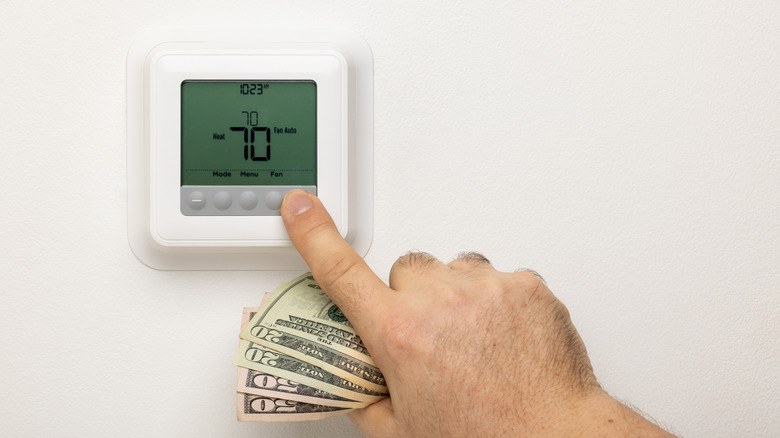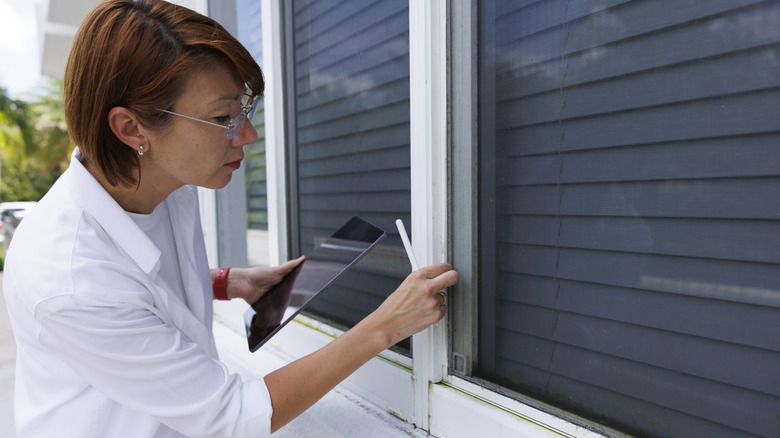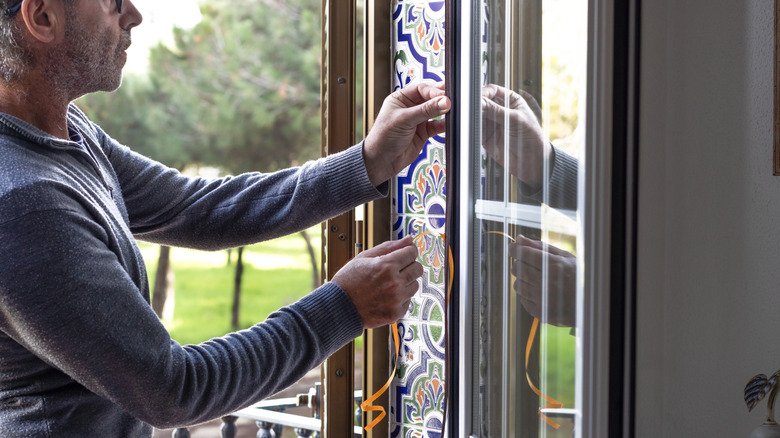The Home Maintenance Task You Should Be Doing Now For Lower Energy Bills In The Fall
As the days get shorter and the first crisp morning air arrives, many people begin to feel a familiar sense of dread: the impending rise in their heating bill. The thought of cold drafts creeping through the house and the furnace kicking on endlessly can make the transition to cooler weather less than ideal. What if you could take one simple step to reduce your energy costs? One of the best things you can do right now to help is to seal gaps around your doors and windows.
Sealing these gaps prevents warm air from escaping and cold air from seeping in, which can cut your heating and cooling costs by up to 15% on average. This step alone can make your home feel more comfortable and help your heating system work less, saving you money and energy as the seasons change. It's a step you can take that will show immediate results, often paying for itself in a single season. By addressing these leaks, you are preparing your home to be comfortable and cost-effective all year long.
Finding the hidden leaks in your home
Before you can seal the gaps in doors and windows, you need to find them first. While some leaks are obvious, such as a visible crack in a window frame, many are subtle and require a bit of detective work. Surprisingly, one of the biggest air leaks in your home could be under the bathtub. Luckily, there are a few tricks you can use to find out where they are. On a breezy day, hold the back of your hand a few inches from the edges of your windows and doors. You may feel some air movement where a seal is failing. For a more precise test, use a lit incense stick or a thin strip of tissue paper. Gently move them along the frames of your doors and windows. If the smoke or tissue flutters or is pulled inward, you have found an air leak that needs attention.
Don't forget to check around the trim and frames, where the woodwork surrounding doors and windows meets the wall, since these areas can also have unnoticed leaks. Finding these problem spots is the first step toward a more energy-efficient home. It's important to be methodical and check every potential trouble area, since even tiny gaps can lead to significant energy loss over time.
Choosing and applying the right materials
Once you have found the leaky areas, it's time to choose the correct materials for the job. The two most common types of materials for this project are caulk and weatherstripping, and they each have a specific purpose. Caulk works best for stationary gaps and cracks, like those found around window frames or where siding meets the house. This material creates a firm, lasting barrier. For cracks a quarter-inch wide or smaller, you can apply a small bead with a caulk gun.
An easy way to fix an entry door air leak is with weatherstripping, which is used for movable parts of the home, such as doors and windows. There are many types, including foam tape, V-strips, and tubular seals. Foam tape is easy to install and works well for small, irregular gaps, while vinyl or metal V-strips are more durable and create a strong seal when compressed. For the bottom of doors, a door sweep is an excellent solution to block drafts. Make sure to clean the surface before applying any material to make sure it sticks to the area. By choosing the right product for the specific type of gap or crack, you can create an effective seal that will last through the cold months and help you save money for years to come.


